Today Tashkent is a megapolis with its population in excess of 3 million. After destructive April’s earthquake of 1966, the city was rebuilt anew to become one of the most modern, well-planned and well-organised administrative, cultural and industrial centres of Central Asia.
Architectural style of Tashkent bears distinct features of Uzbek national colouring where ultramodern high-rise buildings harmoniously match with medieval monuments and city’s multiple canals, green parks and fountains.
Tashkent plays an important role as international air gate to Central Asia. All possible aircraft arriving from 42 cities of the world land at the Tashkent International Airport.
Annually, dozens of international congresses, conferences, festivals and athletic contests take place in Tashkent.
A good dozen of museums and art-galleries, the Opera House, multiple concert halls, cafes and restaurants, sport- and night clubs and other venues (like world’s 10th tallest TV tower and the Expo Centre nearby) provide tourists and guests of the city variety of choices where to enjoyably spend their time at. Tashkent is proud to have Central Asia’s largest Aqua Park, a zoo, a botanical gardens and an Uzbekistan’s only golf-club.
The Independence Square (originally laid out in the second half of the 19th century as Cathedral Square, then after Great October Revolution renamed into Lenin Square) lies in the town’s centre. It is there where the Monument of Independence and the Arc of Good Hopes and Good Wishes symbolizing good will of independent Uzbekistan to develop itself in line with the rest of progressive humankind are located.
It is there in the Square where country’s main holiday – Independence Day (1st September) is celebrated. The Square in encircled by office buildings: Cabinet of Ministers, Senate (upper house of Parliament) as well as original fountains and a park where "eternal flame" is alight in memory of those who lost their lives for Freedom and Independence of their Motherland, who died in the fields of the Second World War of 1941 - 1945 and other hostilities.
Nearby the Square is a peculiar palace built of burnt bricks by Grand Duke of Russia Nicolas Romanov, uncle of the Russia’s last Tsar at the end of the 19th century.
Drawn in the century’s old plane and oak trees, the Amir Timur Square laid out by Russian sappers back in 1870s lies just at the end of the former Cathedral Street (today colloquially known as "Broadway") and, since 1996 houses a mounted statue of Amir Timur (also known as Tamerlane) - a great general and statesman of Mavarounnahr of the 14th-15th centuries.
Also drawing attention of tourists are largest in the Central Asia active Roman Catholic Cathedral (beginning 20th c.), the Uzbekistan State Museum of History of Timurids (dynasty of Tamerlane’s), the Uzbekistan State Museum of History and the State Museum of Fine Arts of Uzbekistan
Old town of Tashkent is located 4-5km northwest of contemporary downtown. Their a traveller can see Kukelidash madrasah (XVI - XIXcc), recently renewed Hazret-Imam architectural complex comprising Kaffal Shashi Mausoleum (12th-16thcc), Barakhan Madrasah (16th c), Namazgoh mosque (19th-20th cc), Tilla Sheikh Mosque (19th-20th cc) and a new built Office of the Muslim Board of Uzbekistan flanked by two majestic minarets over 30m tall.
All the buildings are surrounded by old town’s living quarters with their old-time mud-brick houses and narrow streets. The library of the Tilla Sheikh Mosque is renowned for its priceless manuscripts, of which most distinguished and valuable one is 1300-year’s old Koran hand-written on the velum in the second half of the 7th c AD by behest of the Caliph Othman.
The Friendship of People Square is a modern architectural ensemble built in 1982 comprising the Friendship of People Palace (4000-seat concert hall), the building of the Oliy Majlis (low house of Parliament), the National Alisher Navoi Park with artificial lake, monument of Alisher Navoi and the Abdulkasim-Sheik madrasah (XIXc.).
The Museum of Applied Arts exhibiting more than four thousand pieces of traditional Uzbek ceramics, carpets, wood carving, jewellery, metal chasing, items of clothing and embroidery is organised in the former residential house of Russian diplomat of the XIX century someone Polovtsev. Astonishing interior decoration of the building’s is done in traditional Uzbek open-work wooden, alabaster carving and frescos.
80 kilometres northeast from Tashkent in the mountains of South-West Tian Shan the Ugahm-Chatkal National Nature Park lies to provide Tashkent townsfolk and guests of the city multiple opportunities for outdoor activities – mountain skiing at Chimgan and Belidersay ski resort, trekking and mountaineering.
Multiple tourist complexes, hotels, sanatoriums and beaches have been organised ashore of alpine Charvak Reservoir.
The reservoir provides good conditions for water-surface activities – windsurfing, water biking, scootering, sailboating alike – as well as mountain trekking, rock climbing, mountaineering, paragliding and equestrian tourism.
Winter there makes the mountains a paradise for leisure skiers, free-riders and heli-skiers. A big advantage of the area is that skiing season begins at the end of December and lasts till end of March. A number of elite cottage-like hotels offer high-class services to VIP guests.
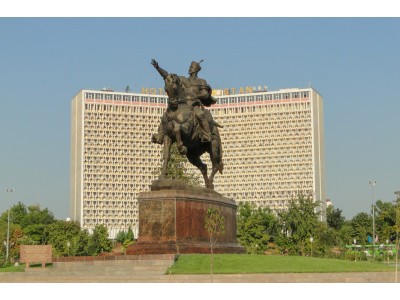 The capital of modern Uzbekistan, Tashkent, is Central Asia’s largest town.
The capital of modern Uzbekistan, Tashkent, is Central Asia’s largest town.
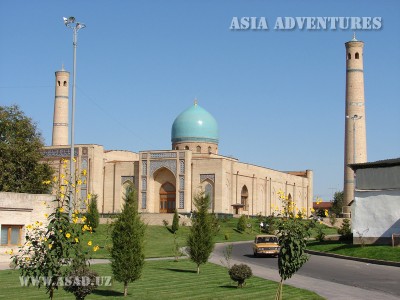
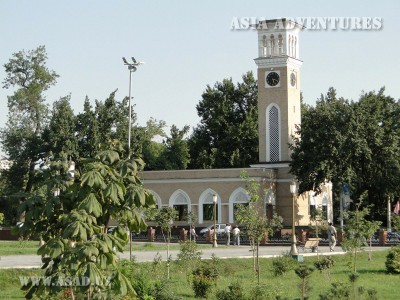

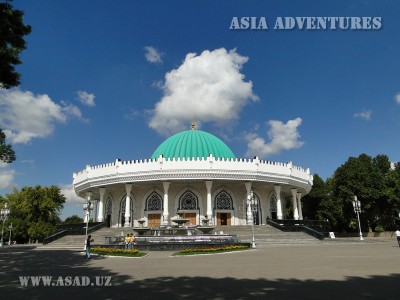
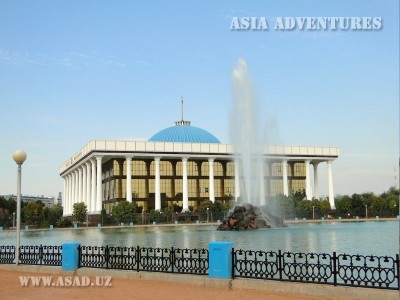
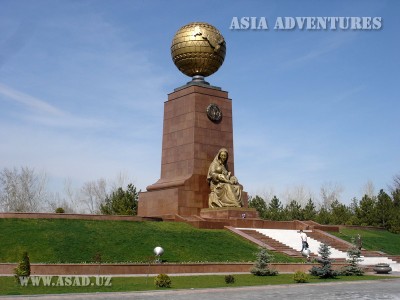
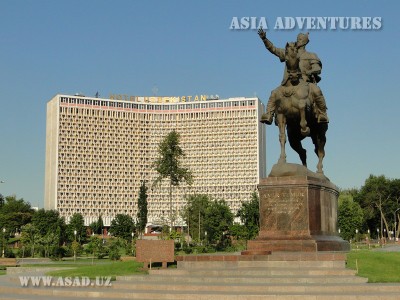
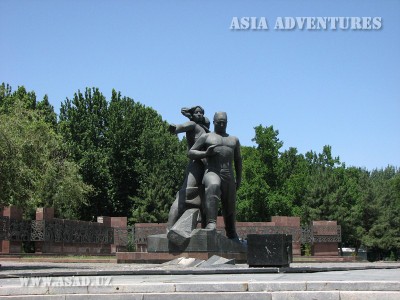

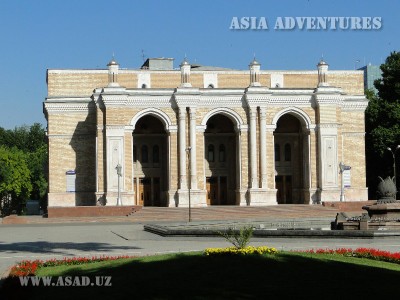
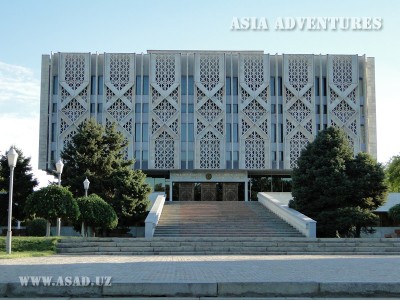

 Centralasia Adventures
+998712544100
Centralasia Adventures
+998712544100





